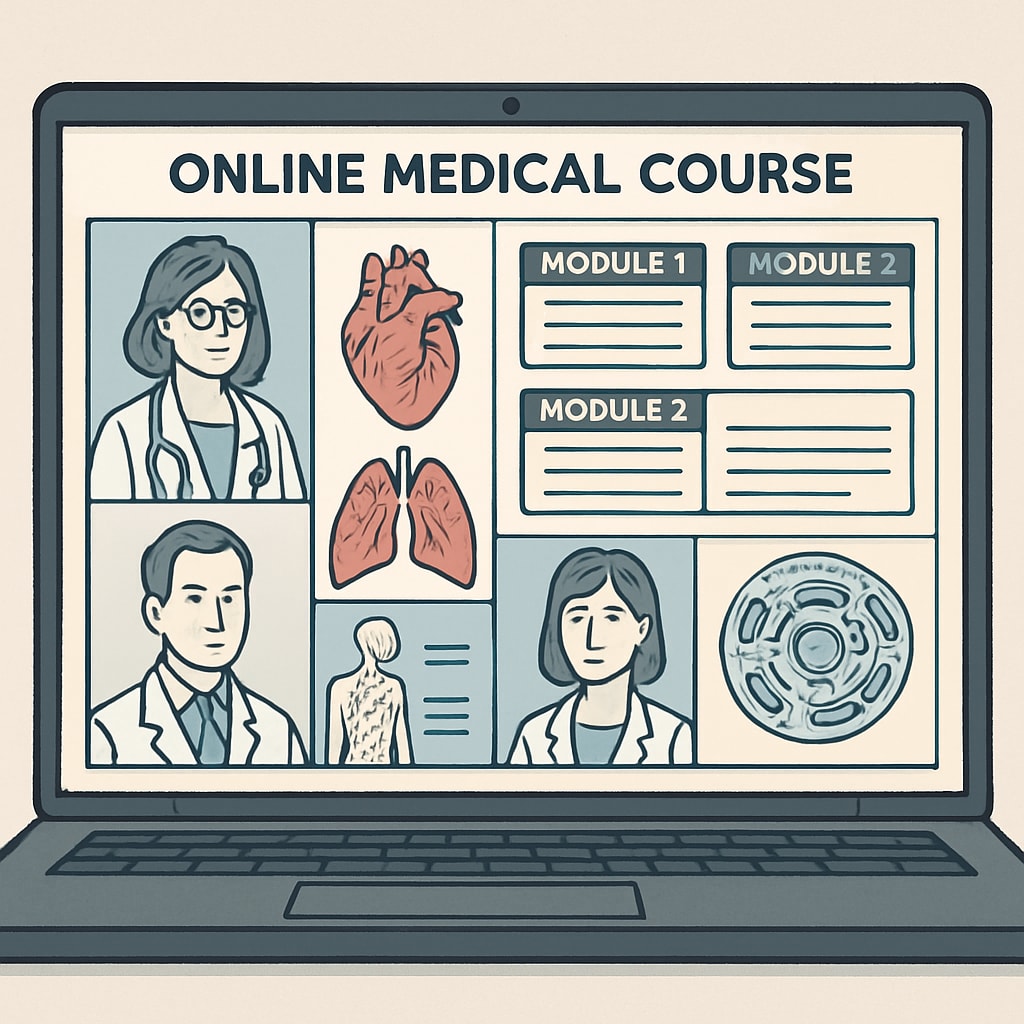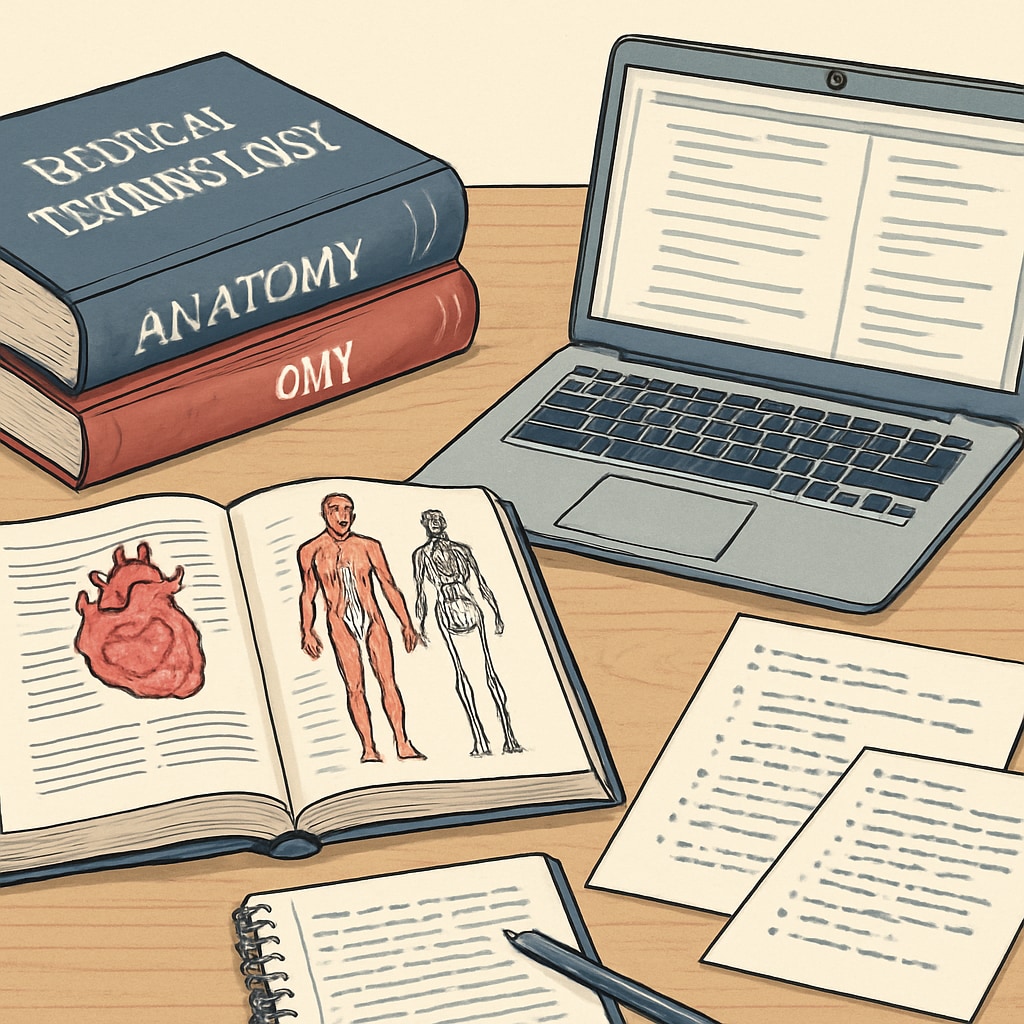Accessing medical education as a non-medical background learner can be a daunting task. With the rise of online courses and specialized resources, individuals seeking to dive into specific medical fields now have opportunities previously limited to professionals. This article explores how non-medical learners can leverage resources effectively and build systematic knowledge in medical sciences.
Understanding the Polarized Landscape of Medical Education
Medical education resources often fall into two extremes: comprehensive programs designed for professionals and simplified materials for casual learners. For example, traditional medical school curricula or certifications cater to those pursuing careers in healthcare, requiring years of commitment. On the other hand, general health websites or introductory videos offer surface-level insights but lack depth.
Non-medical learners seeking intermediate resources—those that are detailed yet accessible—often struggle to find suitable options. However, resources such as MOOCs (Massive Open Online Courses), specialized books, and expert-led webinars bridge this gap. Platforms like Coursera and edX offer courses taught by leading institutions, enabling learners to explore topics such as anatomy, epidemiology, or biostatistics without prior experience.

Strategies to Build Systematic Knowledge
To effectively learn about a medical field, non-medical learners should adopt a structured approach. Here’s a framework to guide your journey:
- Define Your Focus: Choose a specific medical topic or field, such as neuroscience, public health, or pharmacology.
- Start with Foundational Resources: Begin with introductory courses or textbooks to understand key concepts.
- Utilize Online Courses: Platforms like Coursera, Khan Academy, or Udemy offer specialized medical courses tailored to beginners and intermediates.
- Engage with Experts: Attend webinars or conferences and follow professionals on platforms like LinkedIn.
- Practice Active Learning: Take notes, join discussion forums, and test your knowledge through quizzes or case studies.
- Balance Theory and Application: Combine reading with practical insights, such as medical case studies, simulations, or virtual labs.
By following this framework, learners can gradually transition from theoretical knowledge to applied expertise. For example, studying anatomy might begin with understanding basic systems and later progress to examining clinical cases.

Challenges and How to Overcome Them
Non-medical learners often face barriers such as technical jargon, lack of mentorship, and difficulty in accessing advanced resources. To overcome these challenges:
- Use Glossaries: Many medical textbooks and websites include glossaries to simplify terminology.
- Seek Community Support: Join online forums like Reddit’s medical threads or professional groups on Facebook.
- Leverage Accessible Tools: Platforms like Britannica and PubMed offer peer-reviewed articles and summaries tailored to varying levels of expertise.
As a result, learners can access reliable information and connect with communities that foster growth. Additionally, ensuring consistency in study routines and breaking down complex topics into manageable chunks makes the learning process more effective.
Final Thoughts on Medical Education for Non-Medical Backgrounds
Medical education is no longer confined to traditional paths. Non-medical learners have access to a wealth of online resources, expert guidance, and structured frameworks that allow them to explore specific fields. By leveraging these tools and adopting an active learning mindset, individuals from diverse backgrounds can gain valuable insights into the world of medicine.
As lifelong learning becomes increasingly prioritized, the intersection of technology and education offers unprecedented opportunities for interdisciplinary exploration. Whether you’re a curious individual or seeking knowledge to complement your career, the journey into medical education can be both rewarding and transformative.
Readability guidance: Use short paragraphs and lists to simplify key points. Incorporate examples and actionable steps to enhance clarity, and include external references for credibility.


